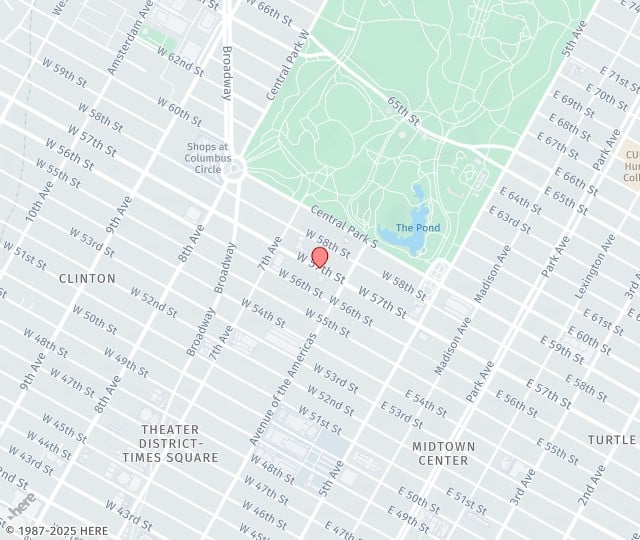Clinical Pearls for Achieving Local Anesthesia in Difficult Situations in dental patients. Patients often don’t achieve profound local anesthesia for anatomical, biochemical or emotional issues. If the area of infiltration is acidic because of surgical trauma, repeated injection of acidified local anesthetics, or infection, local anesthesia may be difficult to obtain. It’s important to have a toolbox of options for these clinical situations. Switch agents If lidocaine with epinephrine hasn’t worked after two carpules, switch to plain mepivicaine. It will work better in an area acidified by the lidocaine itself and the tissues damaged by repeated injection or infection.
Framework For The Diagnosis and Treatment of Phobic Dental Patients
A phobia is defined as an irrational or excessive fear of an object or situation. Dental phobia can be an extremely debilitating fear, but is often a learned reflex response based on traumatic experiences. The fear response is a natural human neuroendocrine phenomena that has a strong evolutionary basis. In essence, we are all wired for this response. We can all express this wiring if we have been imprinted with the right stimulus.
Mandibular Blocks
Pay attention to the direction of the needle bevel, which will direct the tip away from your anatomical target.
Maxillary Cortical Bone
Consider the intra-osseous approach to deposit the local in the cancellous bone immediately distal to the operative area.
Anatomical Approaches
Such as intra-ligamentary, palatal, and lingual. Gow Gates or closed mouth blocks may be alternatives to the inferior alveolar nerve block. The closed mouth approach can be particularly helpful for patients with sensitive gag reflex.
Pharmacological Options
Include nitrous oxide, an NMDA receptor antagonist (2), and potent analgesic or opiates such as hydrocodone or oxycodone in doses commonly prescribed for pain post-surgically.
Anxiety
Is best addressed with benzodiazepines such as Xanax (alprazolam), or triazolam. Combining agents with nitrous oxide may require NYS certification for enteral sedation.
Advanced Techniques
For oral, IV sedation or general anesthesia can be required on occasion for the most difficult cases. While we all seek to practice our craft to perfection, we must always operate within the scope of our practice and training.
Helpful Suggestions for Improved Scavenging of Nitrous Oxide
Nitrous Oxide has been among the mainstays for patient relaxation in dentistry for decades. It is an excellent tool for distraction during procedures, especially in pediatrics. Nitrous oxide is an NMDA receptor antagonist. As such it’s actually a better analgesic than an anxiolytic. Benzodiazepines, effecting GABA receptors, have been the most effective medications for anxiety relief since the introduction of diazepam in 1963. Despite this, many dentists will reach for the readily available gas that doesn’t take significant time to reach an effective level and has no long acting metabolites. Among the major reasons limiting dentists from using nitrous oxide more frequently are concerns about waste gases that may effect the reproductive health of the dental team.
Scavenging Technique
Proper procedures can be extremely effective in reducing levels in the dental operatory below the NIOSH guideline of 25 ppm. Below are some helpful suggestions.
Number One Rules
Is to utilize a scavenging system every time nitrous oxide is used. Check your equipment for loose fittings and cracked rubber goods. Be suspicious of leaks or abuse if tanks seem to empty faster than ordinarily.Provide high turnover of room air in the operatory and the office as a whole. The concept is that good ventilation will scavenge the entire office. A good exhaust fan is helpful.
Nasal Decongestants
Enable patients to breathe better through their nose and avoid mouth breathing. Non-drip formulas work better if the patient is reclining significantly.
Some gas will inevitably be exhaled orally and should be evacuated with a saliva ejector. The hygroformic ejectors are especially helpful because the multiple holes make sure suction is not obstructed by soft tissue. Minimize gases expelled orally by use of rubber dam, or Isolite, and keeping speaking to a minimum. Don’t use excess gas flow that will be expelled into the room air. Watch the reservoir bag, not to over or under fill. Patients will need higher flows initially if they are hyperventilating. Attend continuing education with clinical team members so everyone is on board with appropriate procedures.
The nasal masks should fit the patient’s face to improve scavenging, and concentrations of nitrous oxide in the alveoli. Gas monitoring services are available commercially to see how effective our efforts have been.
Journal Watch
Occurrence of Parasthesia After Dental Local Anesthetic Administration in the United States, Garisto et al. JADA, Vol. 141 No. 7, July 2010.
The likelihood of parasthesia after a local anesthetic may depend on the local anesthetic used. Two hundred and forty eight cases of parasthesia after dental cases from 1997 to 2008 were examined. Most cases (94.5 percent) involved the mandibular nerve. The lingual nerve was frequently involved as well (89 percent). Cases involving prilocaine or articaine (both are 4 percent solutions) were 7.3 and 3.6 times more likely than would otherwise be expected. Dentists should consider the risks and benefits before using these 4 percent local anesthetic solutions for mandibular blocks.

